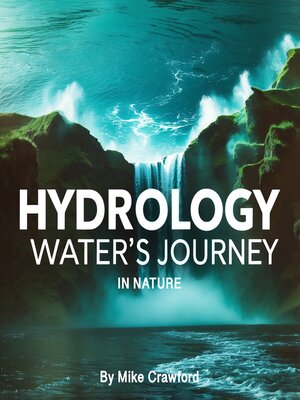
Sign up to save your library
With an OverDrive account, you can save your favorite libraries for at-a-glance information about availability. Find out more about OverDrive accounts.
Find this title in Libby, the library reading app by OverDrive.



Search for a digital library with this title
Title found at these libraries:
| Library Name | Distance |
|---|---|
| Loading... |
The water cycle, also known as the hydrological cycle, is a continuous and dynamic process that moves water throughout the Earth's atmosphere, surface, and underground reservoirs. This cycle plays a vital role in sustaining ecosystems, regulating climate, and supporting human life. Water undergoes various transformations as it moves through different stages, driven by the energy of the sun and the force of gravity.
One of the fundamental processes of the water cycle is evaporation, where water from oceans, lakes, rivers, and even soil turns into water vapor due to heat from the sun. Plants also contribute to this process through transpiration, where they release moisture from their leaves into the air. Together, these processes add significant amounts of water vapor to the atmosphere. As the air rises and cools, this vapor undergoes condensation, forming clouds composed of tiny water droplets or ice crystals.
When these droplets combine and become heavy enough, precipitation occurs in the form of rain, snow, sleet, or hail. Precipitation is the primary way water returns to the Earth's surface, replenishing water bodies and providing essential moisture for plant and animal life. Depending on the terrain and environmental conditions, this water can take several different paths. Some of it infiltrates into the ground, recharging underground aquifers in a process known as groundwater recharge. Other portions of the water flow overland as surface runoff, eventually collecting in rivers, lakes, and oceans. This runoff helps shape landscapes by eroding and transporting sediments over time.







